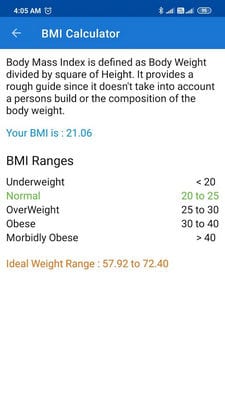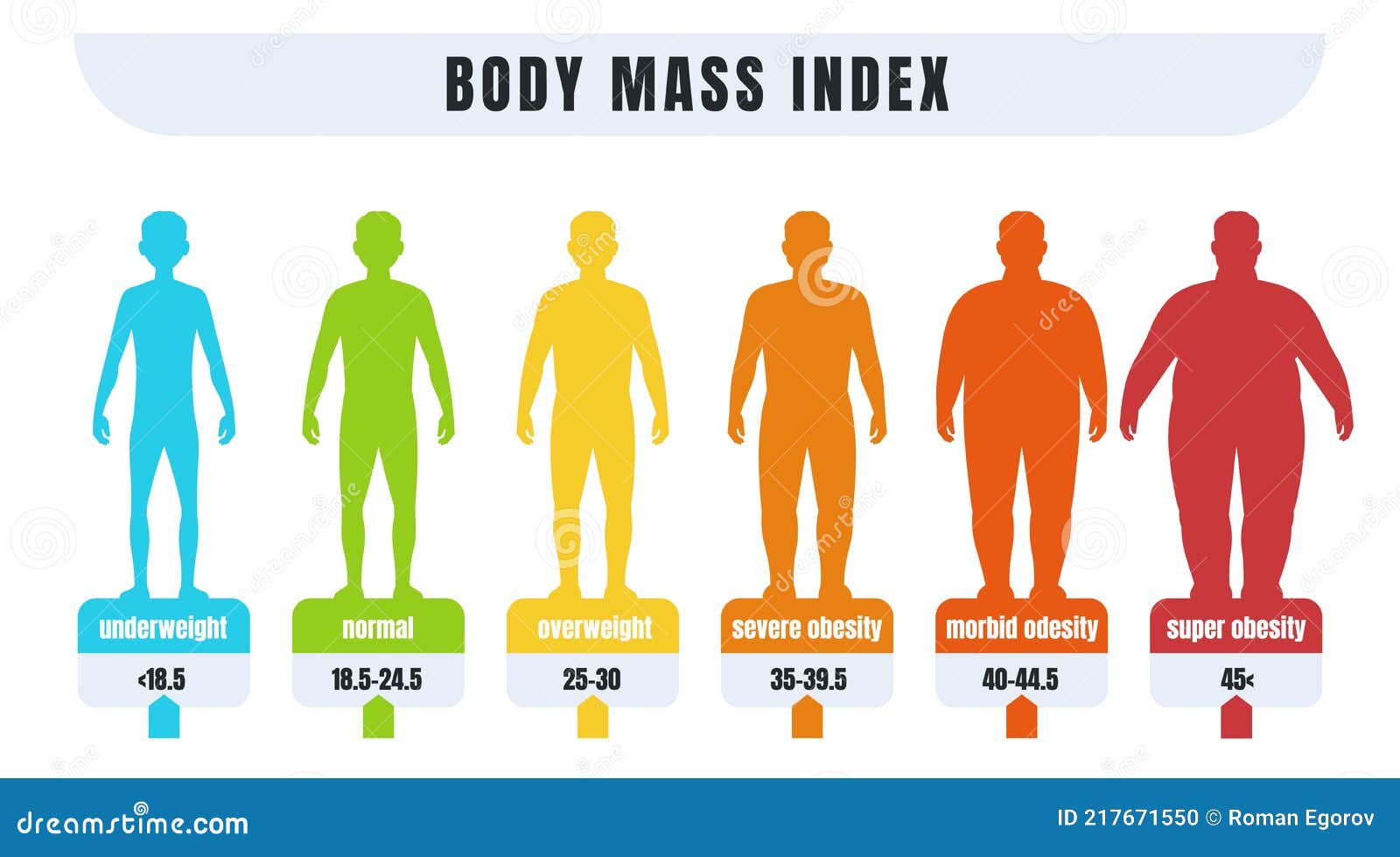

Macronutrient intake was evaluated from a three-day self-reported dietary record. In this cross-sectional study, 261 participants (99 males) were recruited from Singapore. Since body composition and energy metabolism differ between males and females, we aimed to determine whether the relationship between body composition and habitual macronutrient intakes is gender-dependent. Moreover, little research has been performed on the relation of body composition with habitual macronutrient intake among free-living populations. The conformity of these findings with the present literature and the possible mechanisms behind them as well as its influence on theoretical calculations of energy turnover (ET) based on activity factors expressed as multiples of RMR are further discussed.The underlying mechanisms that regulate energy homeostasis and food intake are not fully understood. The athletes were also found to have 10% lower R values (P < 0.01) indicating higher fat oxidation. The athletes had a 13% higher (P < 0.001) BMR than controls if related to FFM and 16% (P = 0.001) if related to both FFM and fat mass (FM). There were no corresponding differences found in the nonathletic control group. The athletes were shown to have a significantly higher BMR than was expected from calculations based on body mass (16%, P < 0.05) or body composition (12%, P < 0.05). Comparisons with theoretical calculations of BMR were also made.
Bmr based on body fat free#
This article presents data on BMR from elite endurance athletes (4 female and 4 male), at least 39 h after their last training session, in comparison with sedentary nonathletic controls matched for sex and fat free mass (FFM). The conformity of these findings with the present literature and the possible mechanisms behind them as well as its influence on theoretical calculations of energy turnover (ET) based on activity factors expressed as multiples of RMR are further discussed.ĪB - In addition to factors such as fat free mass, hormonal status, genetics and energy balance, previous physical activity has been shown to influence energy turnover during resting (RMR = resting metabolic rate) or basal conditions (BMR = basal metabolic rate).

N2 - In addition to factors such as fat free mass, hormonal status, genetics and energy balance, previous physical activity has been shown to influence energy turnover during resting (RMR = resting metabolic rate) or basal conditions (BMR = basal metabolic rate). T1 - The influence of physical activity on BMR The conformity of these findings with the present literature and the possible mechanisms behind them as well as its influence on theoretical calculations of energy turnover (ET) based on activity factors expressed as multiples of RMR are further discussed.",

Abstract = "In addition to factors such as fat free mass, hormonal status, genetics and energy balance, previous physical activity has been shown to influence energy turnover during resting (RMR = resting metabolic rate) or basal conditions (BMR = basal metabolic rate).


 0 kommentar(er)
0 kommentar(er)
